
Indian Dances 1975
Complete Set of 6 nos of commemorative postage stamps on the Classical Dances of India : Bharata Natyam, Orissi, Kathak, Kathakali, Kuchipudi and Manipuri :
Issued by India
Issued on Oct 20, 1975
Issued for : The Posts and Telegraphs Department is happy to bring out a series of six multi-coloured postage stamps on Indian Dances.
Type : Stamps, Mint Condition
Colour : Multi–colour
Denomination : 25, 50, 75, 100, 150 & 200 Paise
Overall size : 3.91 X 2.90 cms.
Printing size : 3.56 X 2.54 cms.
Perforation : 13 x 13
Paper : Printed on unwatermarked adhesive Coated paper
Number Printed :
25 P.: 5 Million
50 P.: 3 Million
75 P.: 3 Million
100 P.: 2 Million
150 P.: 2 Million
200 P.: 2 Million
Number per Issue Sheet : 35
Printing process : Photogravure
Designed & Printed at : India Security Press
About :
- India has an unparalleled antiquity of dance traditions. Each region has evolved a distinctive style of music and dance at different levels of society. There are thus tribal, folk, village and classical dances in each region of India. The history of these dances can be traced back to the civilization of Mohenjodaro and Harappa : their continuity can be observed in their rich variegated manifestations in different States of India. From amongst these innumerable dance styles have emerged six major dance forms which are today known as classical dances of India. These dance styles are supported by literary and sculptural evidence and their history can be reconstructed from the poetic hymns of the Vedas and lyrics of the regional languages. Most of these styles draw their textual sanction from the Natyasastra written between the 2nd century B.C. and 2nd century A.D. In the course of time each of these styles followed other texts written between the 8th and the 17th century A.D. All these styles, however, have a common division of dance into pure or abstract dance and mime on the one hand and Tandava and Lasya on the other.
- Bharata Natyam
- Bharata Natyam developed in South India in its present form about two hundred years ago. While its poses are reminiscent of sculpture of the 10th century A.D. onwards, the thematic and musical content was given to it by musicians of the Tanjore courts of the 18th-19th centuries. It is essentially a solo dance and has close affinities with the traditional dance-drama form called Bhagvata Mela. It is characterized by straight lines, diagonals, triangles which are basic motifs for executing movements, as also patterns of floor choreography.
- Bharata Natyam developed in South India in its present form about two hundred years ago. While its poses are reminiscent of sculpture of the 10th century A.D. onwards, the thematic and musical content was given to it by musicians of the Tanjore courts of the 18th-19th centuries. It is essentially a solo dance and has close affinities with the traditional dance-drama form called Bhagvata Mela. It is characterized by straight lines, diagonals, triangles which are basic motifs for executing movements, as also patterns of floor choreography.
- Orissi
- Orissi is a close parallel of Bharata Natyam. It developed from the musical play (sangita–nataka) and the dances of gymnasiums known as the akharas. Sculptural evidence relating to the dance goes back to 2nd century B.C. From the 12th century onwards there are inscriptions, manuscripts and other records which speak of the prevalence of Orissi dance styles of ritual dances of temples and entertainments of the village squares.
- Orissi is a close parallel of Bharata Natyam. It developed from the musical play (sangita–nataka) and the dances of gymnasiums known as the akharas. Sculptural evidence relating to the dance goes back to 2nd century B.C. From the 12th century onwards there are inscriptions, manuscripts and other records which speak of the prevalence of Orissi dance styles of ritual dances of temples and entertainments of the village squares.
- Kathak
- Kathak from North India is the urban sophisticated style full of virtuosity and intricate craftsmanship. Commonly identified with the court traditions of the later Nawabs of Northern India, it is really an amalgam of several folk traditions, the traditional dance-drama forms prevalent in the temples of Mathura and Brindavan known as the Krishna and Radha lilas and the sophistication of court tradition.
- Kathak from North India is the urban sophisticated style full of virtuosity and intricate craftsmanship. Commonly identified with the court traditions of the later Nawabs of Northern India, it is really an amalgam of several folk traditions, the traditional dance-drama forms prevalent in the temples of Mathura and Brindavan known as the Krishna and Radha lilas and the sophistication of court tradition.
- Kathakali
- Kathakali from Kerala is classical dance drama. It is quite different from any of the forms described above. Unlike the others, it is dramatic rather than narrative in character. Different roles are taken by different characters; the dancers are all men or were so, till recently. It takes epic mythological themes as its content and portrays them through an elaborate dramatic spectacle which is characterised by an otherworldly quality, a supernatural grandeur, a stylised over-size costume to give the impression of enlarging human proportions and a mask like make-up on the face which is governed by a complex symbolism of colour, line and design.
- Kathakali from Kerala is classical dance drama. It is quite different from any of the forms described above. Unlike the others, it is dramatic rather than narrative in character. Different roles are taken by different characters; the dancers are all men or were so, till recently. It takes epic mythological themes as its content and portrays them through an elaborate dramatic spectacle which is characterised by an otherworldly quality, a supernatural grandeur, a stylised over-size costume to give the impression of enlarging human proportions and a mask like make-up on the face which is governed by a complex symbolism of colour, line and design.
- Kuchipudi
- Closely related to Bharata Natyam is the dance style which is prevalent in Andhra Pradesh. It is sometimes called Kuchipudi, after the name of the village, or Bhama Kalapam (the story of Bhama, a consort of Krishna). In this style there is a thin line of demarcation between dance-drama traditions of Bhama Kalapam and the solo-Kuchipudi. While the basic stance, the foot contacts and the general pattern of treating the human form is very close to Bharata Natyam, the style is freer and to that extent less austere than Bharata Natyam.
- Closely related to Bharata Natyam is the dance style which is prevalent in Andhra Pradesh. It is sometimes called Kuchipudi, after the name of the village, or Bhama Kalapam (the story of Bhama, a consort of Krishna). In this style there is a thin line of demarcation between dance-drama traditions of Bhama Kalapam and the solo-Kuchipudi. While the basic stance, the foot contacts and the general pattern of treating the human form is very close to Bharata Natyam, the style is freer and to that extent less austere than Bharata Natyam.
- Manipuri
- Manipuri is a lyrical dance form from the eastern region of India. Although many forms of ritual, magical, community and religious dances were known to Manipur before the advent of Vaishnava faith in the 18th century, the dances today known as Manipuri and specially its Rasa evolved as a result of the interaction of the Vaishnava cult and the several highly developed forms of ritual and religious dances which were prevalent in the area from times immemorial.
- Manipuri is a lyrical dance form from the eastern region of India. Although many forms of ritual, magical, community and religious dances were known to Manipur before the advent of Vaishnava faith in the 18th century, the dances today known as Manipuri and specially its Rasa evolved as a result of the interaction of the Vaishnava cult and the several highly developed forms of ritual and religious dances which were prevalent in the area from times immemorial.
- Text : Dr (Mrs) Kapila Vatsyayan.


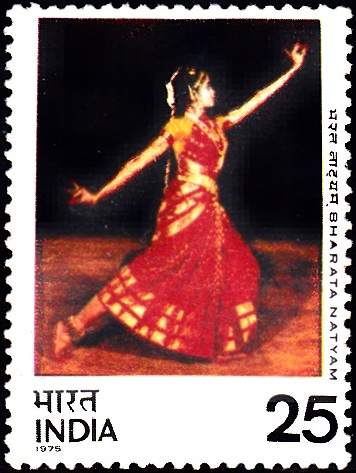
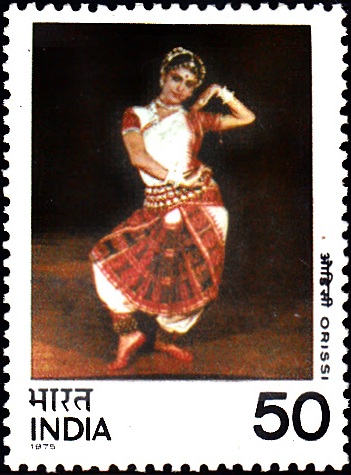
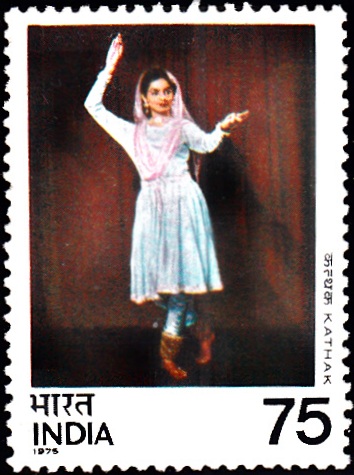
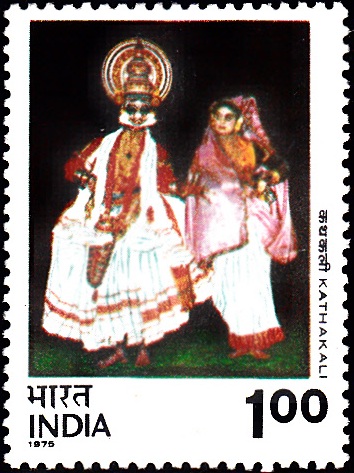
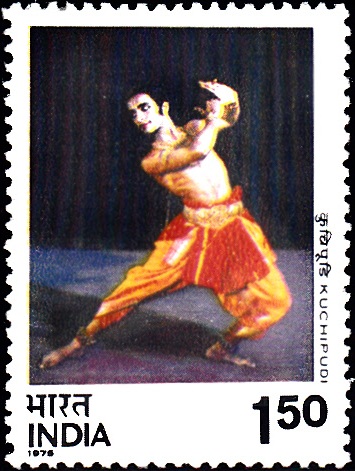
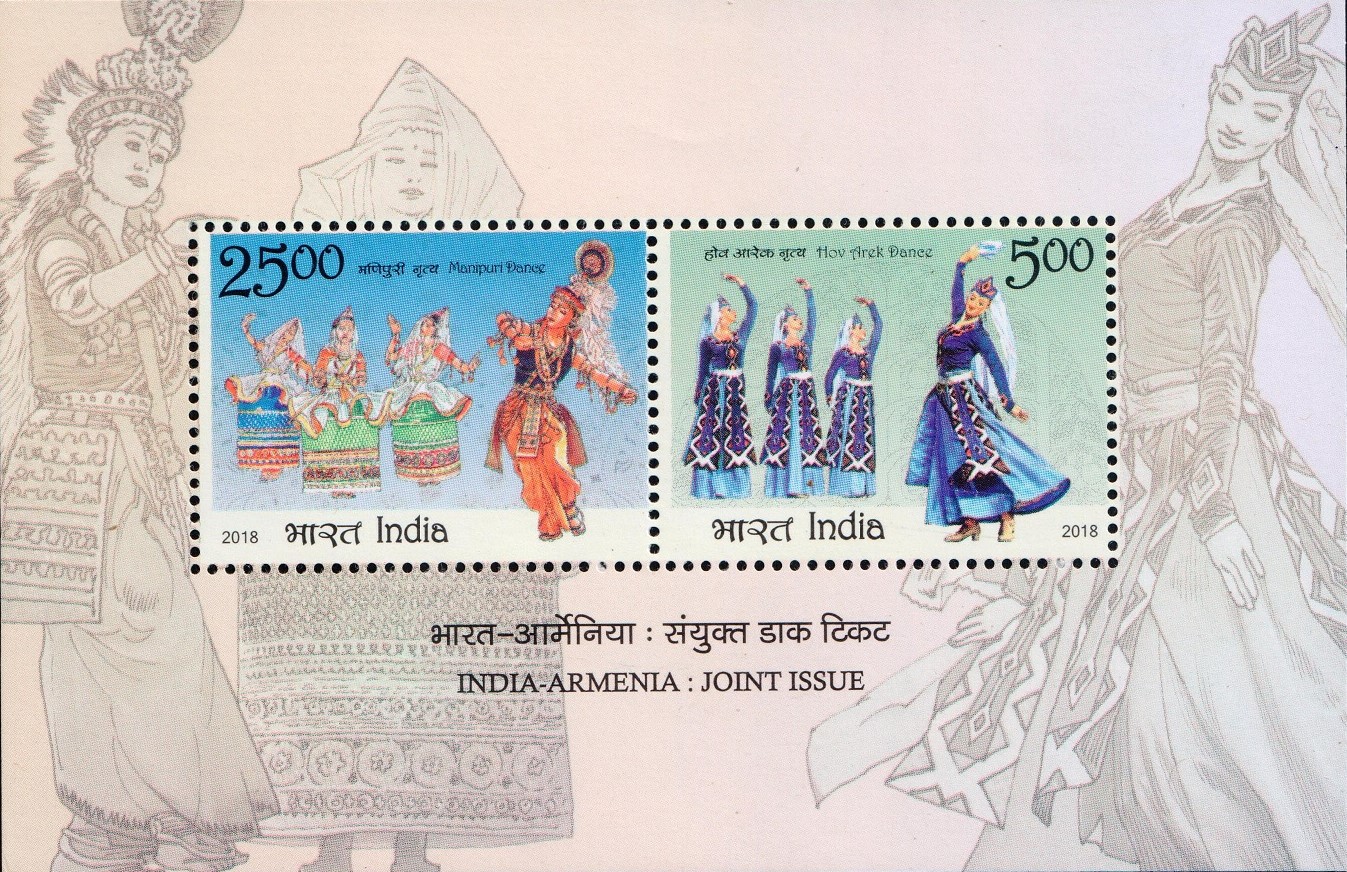
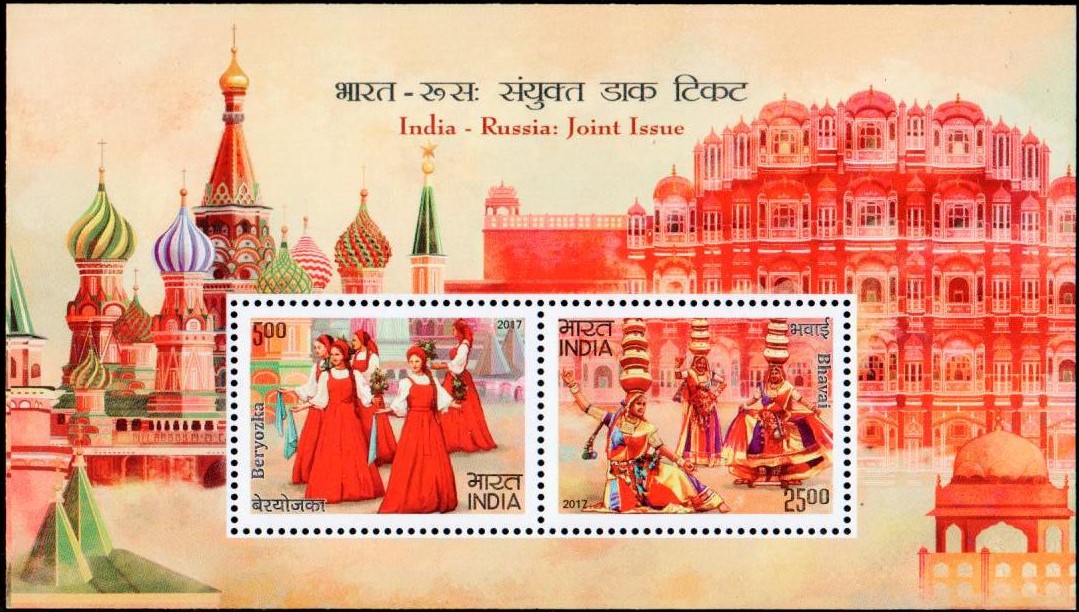

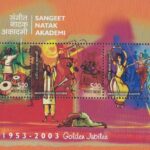

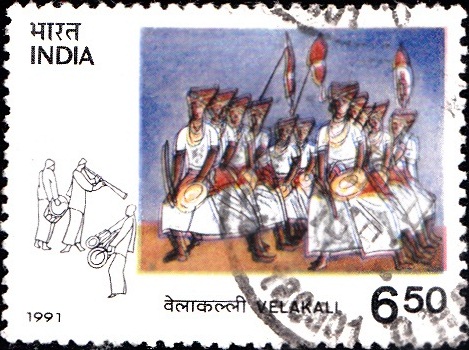
[…] credit. As a lover of fine-arts, he was also instrumental in reviving the traditional dance-drama, Kathakali. He was a philanthropist with deep nationalist convictions. In the field of Ayurvedic Medicine, his […]
[…] and Pali are taught in Russian Institutions. There is a strong interest among Russian people in Indian dance, music, yoga and Ayurveda. There are regular cultural initiatives to promote people-to-people […]
[…] pictorial elements, it is an impressive evocation of Japanese creativity. The second stamp depicts Kathakali, the highly classical and visually rich dance drama of […]
[…] left and right of the parting in her hair. These, and the studded armlets recall the classicism of bharatanatyam and the formal discipline of temple […]
[…] is an attractive movement of two Kathak female dancers, a popular subject in the late 17th and 18th centuries. It is a typical example of […]
[…] inseparable links with the yoga and meditation system, links of Patanjali have also been found with Indian classical dance too. Patanjali‘s contribution to the yoga and meditation system has proved to be of great […]
[…] had renowned dancers. Balasaraswathi‘s interest in dance & music led her to learn Bharatanatyam and music from renowned teachers, soon becoming an artist of excellence. Known for her mastery of […]
[…] at Raghurajpur village in Puri, Kelucharan Mohapatra, is widely known as father of architect of Odissi dance. The story of his artistic experience touches all the salient features of the cultural life […]
[…] the State’s indigenous games. One with a penchant for classical dances may enter into a show of Manipuri Dance and get entranced for hours. Of course, the piece-de-resistance is the unique handloom and […]
[…] Jawahar Lal Nehru Manipur Dance Academy at Imphal and Kathak Kendra – National Institute of Kathak Dance at New Delhi in order to chisel talent and create excellence in these areas. It has taken up […]
[…] of Odisha, particularly the erstwhile Sambalpur District. This place is known for its sculpturesque Odissi dance form. Deriving its name from the presiding deity of Sambalpur ‘Samalei’, the dance form has a […]